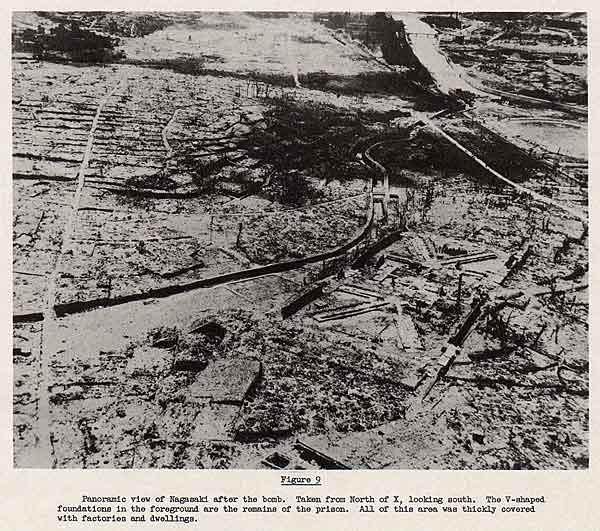Less Than a Gram of Matter Did This
On 9 August 1945, the US Army Air Force B-29 "Bock's Car", belonging to the 509th Composite Group dropped the large atomic bomb called "Fat Man" on the city of Nagasaki, Japan.

(Source for image: US National Archives Heroes & Villians display.)
According to the Department of Energy's "Manhattan Project" website, the yield of the bomb was estimated to be 21 kT (kilotons) of TNT. One ton of TNT is equivalent to 4184 MJ (megajoules) of energy. Thus 21000 tons of TNT is equivalent to (21000)(4.184 x 109) = 8.786 x 1013 J. Using Einstein's famous equation E=mc2, with E = 8.786 x 1013 J, c = 299792458 m/s, then the mass = 9.78 x 10-4 kg. This is 0.978 g. In other words, if you weighed the "Fat Man" bomb before it exploded, then through some miracle you were able to find all of the pieces afterwards and weigh them, the difference would be less than one gram.
UPDATE: I tripped across a video by PBS Space Time in which they state that mass is not converted into energy ("that would be alchemy", they claim). Fine. Whatever. If I state that less than a gram of potential energy is converted into kinetic energy, is that okay? (NOTE: If you're from PBS Space Time, I think you're getting to the point of being pedantic here. Seriously.)
